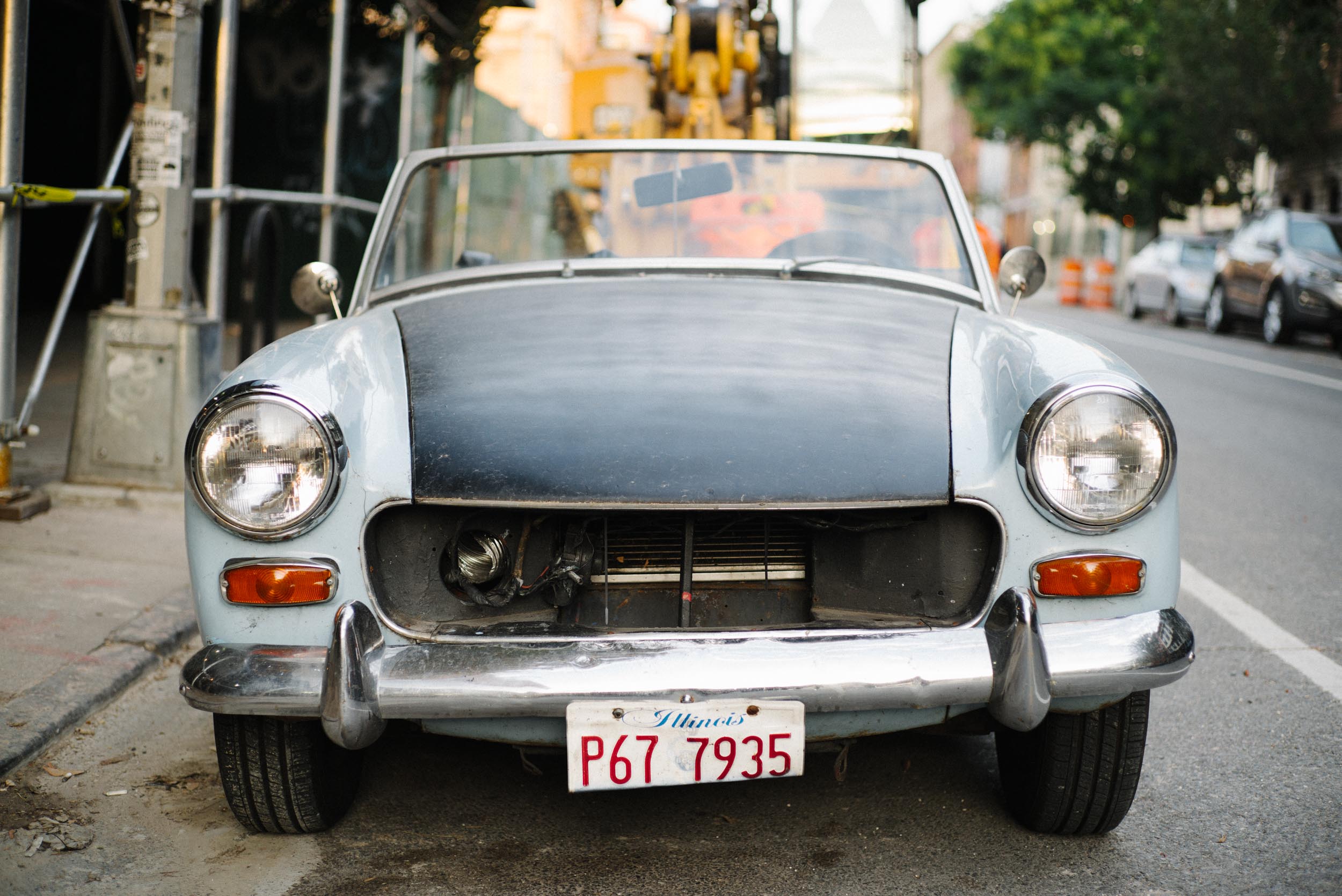Here’s the thing about shooting film.
For me—and I think this goes for many film shooters—it’s not so much about the results as it is about the process. It’s true: film is beautiful. The color, the grain, that indescribable “film look”—it’s not an easy thing to achieve in a digital setting. The internet can spend all the time in the world debating and comparing dynamic range and megapixels, but what it all really comes down to is a personal decision regarding the tools and media an artist chooses to work with. There’s no such thing as “better” in a vacuum; there’s only “what’s better for me.”
For the last five years, the process of shooting film has been the key to my craft.
It’s the biggest hook I’ve hung my photographic hat on, so to speak. I love the experience of operating mechanical cameras and manual-focus lenses. I enjoy pulling the film leader on a fresh roll across the back of my camera and spooling it onto the sprockets or pick-up spool. I delight in the sound my Hasselblad makes as I release the shutter. And I relish the feel of advancing the film to the next frame using a film advance lever on my Leica or Nikon FM2n.
Also, I value the limitations of film. Knowing that I have only 36 frames (or, in the case of the Hasselblad, only 12!) makes for very deliberate shooting.
All this is to say shooting film has been an integral part of my life for a long time. I’ve seen it as a large portion of my photographic identity.
But people change. Circumstances change. Perspectives change.
During my time shooting film, I’ve encountered quite a few obstacles, particularly on the tail end of the process. (That is, everything that occurs after the exposed film is removed from the back of the camera.) Nothing insurmountable by any means; just aggravating, in general. E.g., light leaks, scratched negatives, curly negatives, water stains, difficulties getting acceptable scans. And this is all before evaluating the quality of the photo itself. But hey, it comes with the territory. This is part of the tradeoff I accepted for the privilege of working with film.
When it comes to a lot of things, I am very DIY-inclined. Maybe it’s a control thing; I want my hands on every step of the process. I prefer not to send my film away and risk losing it in the mail or something going wrong at the lab. That said, since early 2015 I have relied on labs for all my color film, and it has worked out beautifully. But using labs for everything can get expensive, and so I’ve handled nearly all of my B+W processing myself. This is where it gets sticky, as B+W tends to make up the majority of my work.
When everything goes as planned, it’s a wonderful feeling. The payoff for your patience and for the time spent carefully developing and scanning (or printing) a well-exposed image… it can be magical. But when that same careful attention to detail doesn’t pay off because of something out of your control—or worse, because it’s just a bad photo, and you’ve put quite a lot of resources towards a result that you would’ve immediately deleted had you seen it on the back of your DSLR*—well, it’s disheartening.
Family > Film Scans
While I was able to put up with the aforementioned frustrations for some time, early this summer I reached a turning point and came to a decision. Two decisions, actually. First, no more DIY. From now on, I’m sending all of my film to the fine folks at Indie Film Lab. With an infant daughter born over the summer, my time is now an even more precious resource, and it will come as no surprise that I’ve decided to prioritize time spent with my family over time spent agonizing over perfect film scans.
Secondly, I’ve picked up a digital camera again as my primary photographic tool. I reflected on what I loved about using mechanical film cameras and decided to go for the closest option available that would allow me to maintain that experience. Since mid-August, I’ve been shooting exclusively with a Leica M262. I’ve rediscovered the joy of using Lightroom as more than image-management software, and I’m re-learning digital metering techniques. It’s really exciting.
I’m not quitting film. But my process is changing. Evolving. I’m branching out, taking what I’ve learned from shooting film and applying it to a new way of working.
All images in this post were shot with the Leica M262 and processed with either Mastin Labs, VSCO, or Rebecca Lily presets.
* Yes, I know it’s poor practice to delete files from the SD card directly from the camera, but I’m just making a point.





